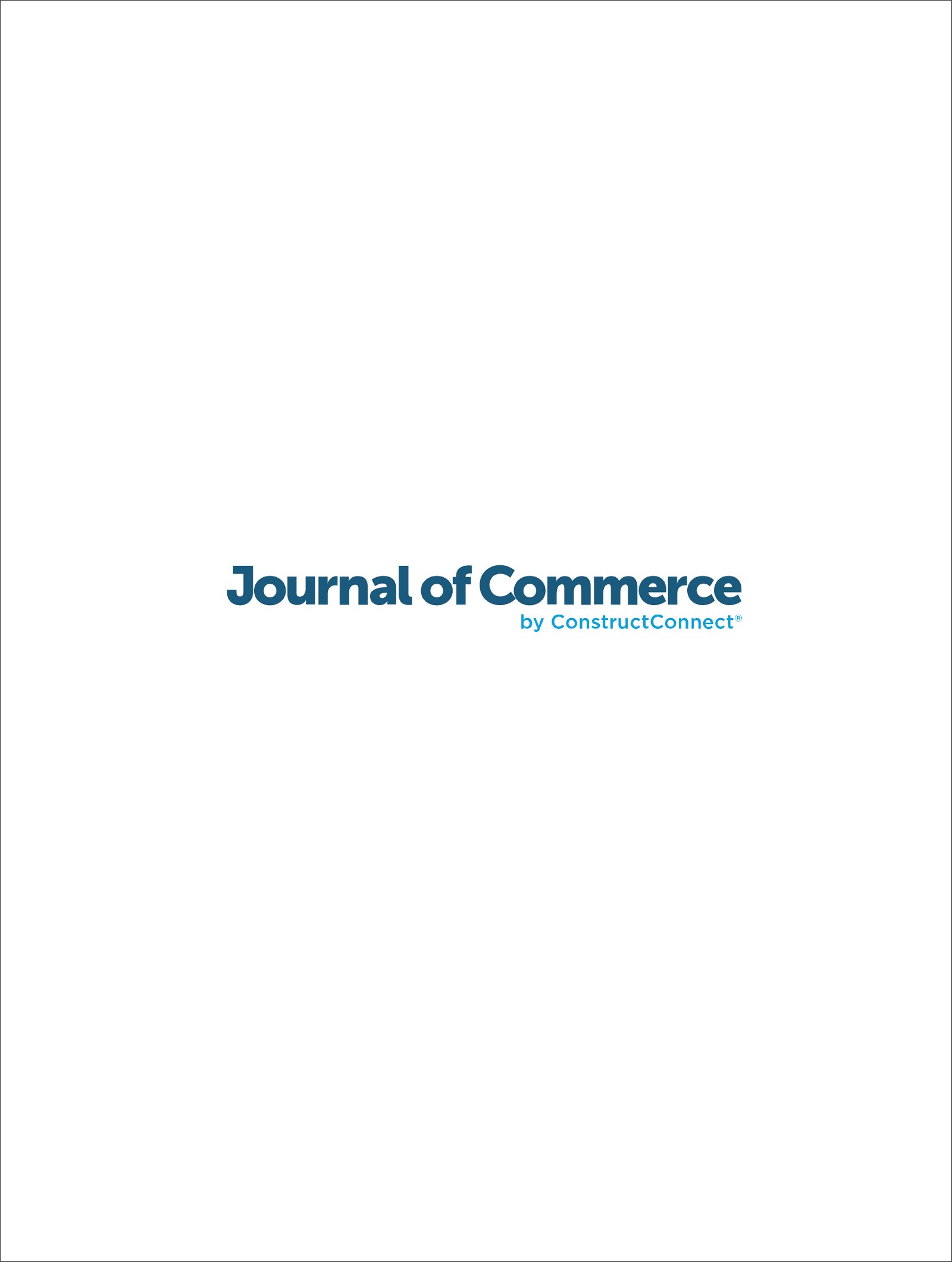Earthquake denial in Victoria, planning for seismic safety

Journal of Commerce by ConstructConnect | December 12, 2022
Leon Plett, P.Eng., MIStructE, Struct.Eng., LEED® AP | Managing Principal
During a panel discussion hosted by the Royal Architectural Institute of Canada, experts discussed community awareness, overbuilds and residential retrofits as important paths forward for increasing Victoria, B.C.’s seismic safety.
“We have the opposite of (earthquake) hysteria in Victoria, which is denial,” said Leon Plett, managing principal with RJC Engineers.
Plett’s firm has retrofitted and seismically upgraded dozens of buildings in Victoria, but he said there is still a need to raise community awareness to get more done.
He said a lack of urgency within the general and developer communities can be a roadblock when trying to design earthquake-resistant buildings.
“Every time were specifying things as designers, as engineers, we’re getting accused of over design,” he said.
Plett and fellow panellist Kate Ulmer, principal and senior structural engineer with Herold Engineering, endorsed the introduction of a seismic safety rating for buildings in Victoria, akin to one already legislated in New Zealand.
New Zealand’s New Building Standard (NBS) takes several factors into consideration before placing a seismic safety rating on a building.
Building’s can fall into one of three categories.
“The most significant of those categories is the earthquake prone category. Those are all the buildings where the NBS rating falls 33 per cent and below,” said Dr. Ken Elwood, chief engineer for the Ministry for Business Innovation and Employment of New Zealand.
The key of the NBS is that it exists as a straightforward and easy-to-understand tool to inform the average citizen about the seismic safety of buildings they work, live and play in which creates a sense of awareness, said Elwood.
“The public has latched onto these NBS numbers, they recognize it in making decisions about whether they rent in one building or another and in particular CEOs and companies are making decisions about where they put their workers,” he said.